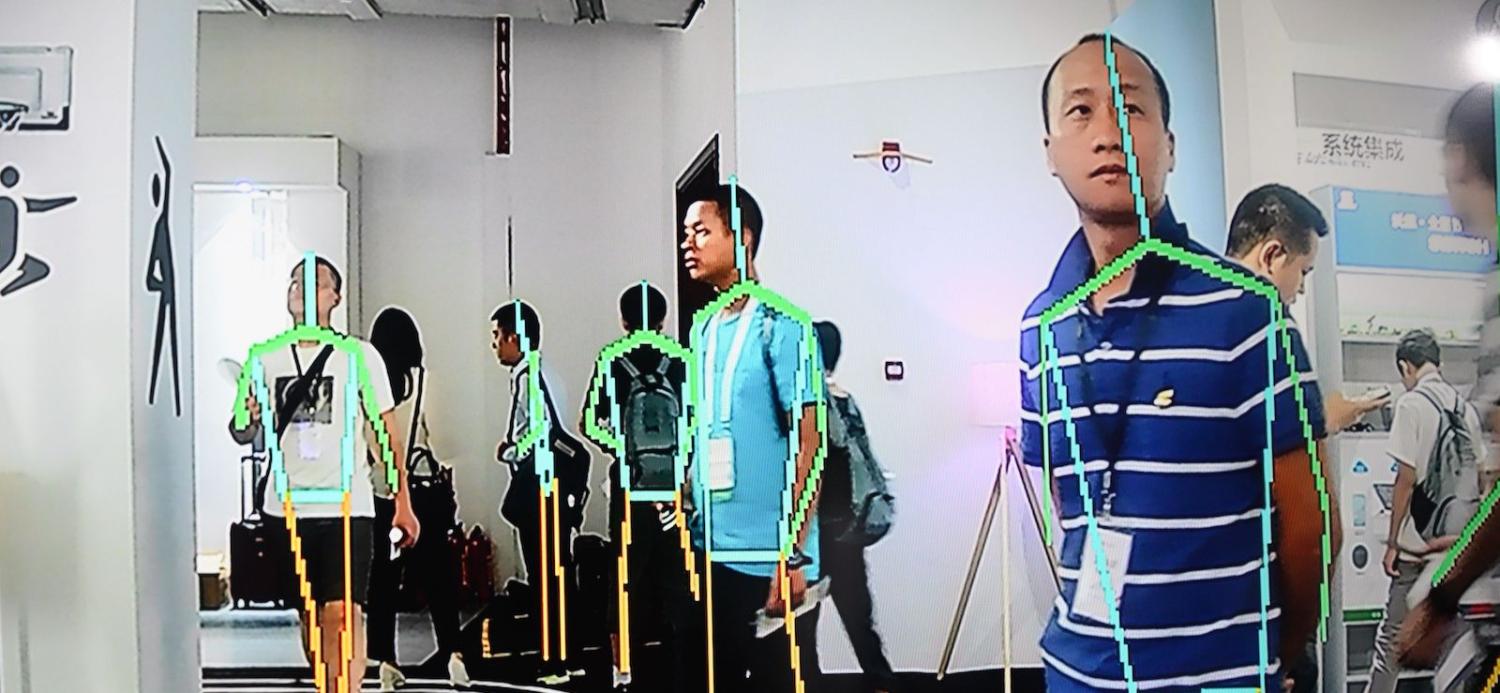Make no mistake about China’s vast and continuous trajectory of technological expansionism. Even as the US aims to ring-fence Huawei’s reach into the US and overseas consumer markets, a “digital silk road” paved by Chinese tech giants has long been built to span from the Asia-Pacific to the Gulf and Africa.
It remains a question, however, whether this digital silk road offers a long-term competitive advantage for emerging economies also joined in China’s prized Belt and Road Initiative (BRI).
China’s digital silk road is essentially a combination of government programs that drive domestic demands to export China’s technologies with a broader agenda to bridge Chinese and overseas technological networks. After China first gained its internet access in 1994, global internet traffic continued to be passed narrowly through the official network access points in Beijing, Shanghai, and Guangzhou, continuing into the early 2000s. As the country experienced subsequent tech booms, this bottleneck was seen as a obstacle to Chinese technological industries’ integration with the rest of the world. As a result, Chinese tech firms have sought to expand and integrate several emerging markets through their service exports. Such opportunities further rose when Beijing launched the BRI in 2013.
The jump within the last decade from what had been a lack of basic network infrastructure to having 4G commercial networks and technology platforms means many emerging economies within the BRI are expected to leapfrog other slow-growth developed economies, at least in terms of technology.
An Information Silk Road was formally set down in a 2015 joint statement by China’s National Development and Reform Commission, Ministry of Foreign Affairs, and its Ministry of Commerce. The stated aim was to build and strengthen China’s internet infrastructure, deepen cooperation in space, and to develop common technology standards among the BRI host countries.
A significant development under the BRI has been the Pakistan East African Cable, connecting Pakistan to Kenya via Djibouti, undertaken by Huawei Marine and funded by Hong Kong–based Tropic Science in 2017. Chinese involvement in other undersea fibre-optic cables is also evident – some examples include a 4800-kilometre fibre-optic line linking the city of Kashgar in China to Faizabad in Afghanistan, via the Wakhan Corridor; the Southeast Asia–Middle East–Western Europe 5 (SEA-ME-WE 5) fibre-optic project across the Bay of Bengal that has a consortium consisting of China Mobile International and China Mobile; the 25,000-kilometre Asia-Africa-Europe-1 (AAE-1) line co-involving China Unicom that connects Asia, Africa and Europe; and the Bay of Bengal Gateway (BBG) project, involving China Mobile.
Rather than an assertion of a rising tech hegemony, these projects are seen as efforts to benefit China’s domestic-global internet traffic capacity and to establish foreign commercial presence.
In space development, China is also becoming a pillar for many of its BRI host countries. For example in South Asia, China’s Great Wall Industry Corp agreed to jointly launch the PakSat Multi Mission Satellite, while Afghanistan’s upcoming satellite, Afghan-Sat-2, will rely on assistance from Beijing. Currently, China also leads the Asia-Pacific Space Cooperation Organisation, a multilateral platform that allows Beijing to transfer its technologies and know-how to other emerging economies.
Alongside these initiatives, Beijing also plans to propagate its technological standards further, primarily across its BRI host countries. The Standards China Unicom Joint Construction One Belt One Road Action Plan (2018-2020) released by the Standardisation Administration of China (SAC) calls for uniform standards ranging across technologies including 5G, artificial intelligence, and satellite navigation systems. China’s domestic e-payment platform, Alipay, has also begun to establish a direct presence or operate through local players in more than 40 countries across Europe and Asia, including Pakistan, Bangladesh, and India.

The jump within the last decade from what had been a lack of basic network infrastructure to having 4G commercial networks and technology platforms means many emerging economies within the BRI are expected to leapfrog other slow-growth developed economies, at least in terms of technology.
But how country-specific advantages will play out while relying on Chinese technologies in the longer term has been a point of dispute. First, the digital silk road is fundamentally a supply-driven project. The provision of technological infrastructure forms the basis for boosting the secondary and tertiary sectors of emerging economies, but it does not guarantee the same level of adoption of tech goods and services across these economies.
Second, Chinese technology transfers across the various economies draw different types of investment. For instance, European cities, as opposed to South Asian cities, may be quicker adopters of China’s 5G technologies. South Asian economies may want more hardware, such as satellites and fibre-optic cables, while Southeast Asian economies seek softer technologies, such as in the realm of artificial intelligence and e-commerce collaborations. How they complement or substitute each other with a competitive advantage remains uncertain.
Third, in terms of plugging into the Chinese market, the technologies rolled out to BRI countries may be secondary compared to those rolled out across Chinese cities. There could be a lag effect in tech exports, where certain technologies gain a foothold in the Chinese market before they are deployed elsewhere. Conversely, these BRI countries may be treated as “trial grounds” before smoother tech products and services are rolled out at home.
Countries along the digital silk road will likely find it hard to resist the path-dependency of Chinese technological flows, but they will still have to carefully assess their domestic needs, their ability to adopt technologies, and their rate of innovation if they are going to attain competitive advantage in the long run.

